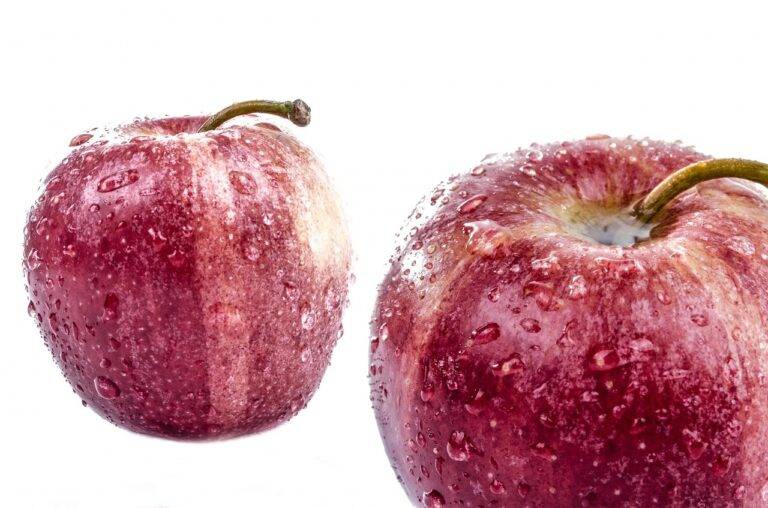Sustainable Living: Eco-Friendly Practices for Reducing Waste at Home
When grocery shopping, opt for products that come in glass, metal, or cardboard packaging instead of single-use plastic containers. Buy in bulk when possible to reduce the amount of plastic packaging needed. Consider bringing your own reusable bags and containers to store your purchases.
Switching to reusable alternatives such as stainless steel water bottles, silicone food storage bags, and bamboo utensils can greatly decrease your reliance on single-use plastics in your daily routine. Make a conscious effort to refuse plastic straws, cutlery, and disposable cups when dining out or ordering takeout. Start small by focusing on one area of your home at a time to gradually phase out single-use plastics.
Alternatives to Plastic Packaging in Your Kitchen
One simple way to reduce plastic packaging in your kitchen is to opt for glass containers or jars instead. Glass is a durable and reusable material that can store your food items safely without the need for single-use plastic bags or containers. Not only does this help in cutting down on plastic waste, but it also adds a chic touch to your kitchen decor.
Another eco-friendly alternative to plastic packaging is using beeswax wraps to cover and store your food. Beeswax wraps are made from cotton fabric coated with beeswax, tree resin, and jojoba oil, making them a sustainable and biodegradable option for keeping your fruits, vegetables, and snacks fresh. By incorporating these alternatives into your kitchen, you can take a step towards a more sustainable lifestyle while reducing your reliance on plastic packaging.
How to Compost Food Scraps for a Greener Home
Composting food scraps is a simple and effective way to reduce waste and create nutrient-rich soil for your plants. To start composting at home, designate a bin or area in your yard for organic waste. This can include fruit and vegetable scraps, coffee grounds, eggshells, and yard trimmings.
Layer your food scraps with dry materials like leaves, cardboard, or newspaper to maintain a balanced mix of green and brown materials in your compost pile. This helps with airflow and prevents odors. Remember to regularly turn the compost pile to aerate it and promote decomposition. Over time, you’ll see your food scraps transform into dark, crumbly compost that can be used to enrich your garden soil and reduce the need for chemical fertilizers.
• Composting food scraps is a simple and effective way to reduce waste and create nutrient-rich soil for your plants.
• Designate a bin or area in your yard for organic waste, including fruit and vegetable scraps, coffee grounds, eggshells, and yard trimmings.
• Layer food scraps with dry materials like leaves, cardboard, or newspaper to maintain a balanced mix of green and brown materials in your compost pile.
• Regularly turn the compost pile to aerate it and promote decomposition.
• Over time, food scraps will transform into dark, crumbly compost that can enrich garden soil and reduce the need for chemical fertilizers.
Why is composting food scraps important for a greener home?
Composting food scraps helps reduce waste sent to landfills, lowers greenhouse gas emissions, and produces nutrient-rich soil for gardening.
What can I compost from my kitchen?
You can compost fruit and vegetable scraps, coffee grounds, tea bags, eggshells, and even some paper products like napkins and shredded newspaper.
How do I start composting food scraps at home?
To start composting, you’ll need a compost bin or pile, a mix of green (food scraps) and brown (yard waste) materials, and regular turning to aerate the pile.
How long does it take for food scraps to compost?
Food scraps can take anywhere from a few weeks to several months to fully compost, depending on factors like temperature, moisture, and the types of materials being composted.
Can I compost meat and dairy products?
It’s best to avoid composting meat, dairy, and oily foods in your home compost pile, as they can attract pests and create unpleasant odors. Consider using a commercial composting service for these items.







